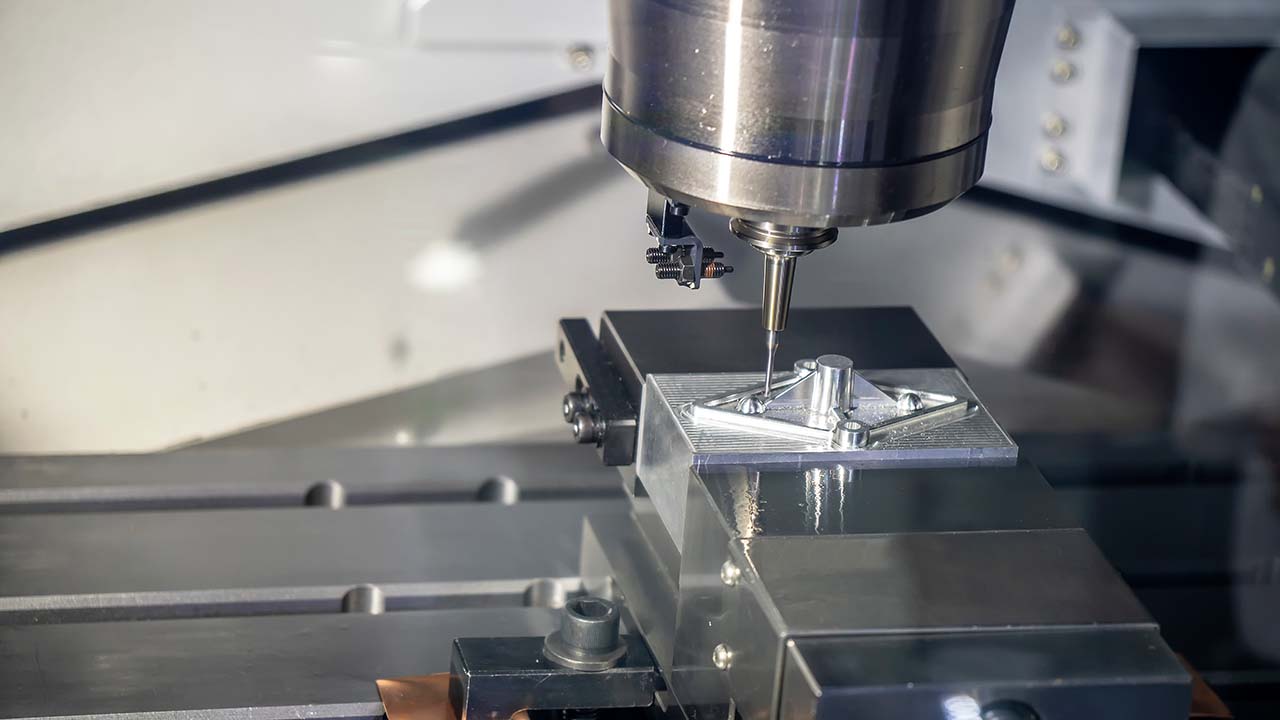The miniaturization in electronics has sparked a significant revolution, transforming both industry standards and consumer experiences. This process of making electronic components and systems smaller, more efficient, and more cost-effective has not only met consumer demands but also catalyzed innovation across various sectors. In this comprehensive article, we delve into the implications, benefits, and future of miniaturization in electronics.

What is Miniaturization in Electronics?
Miniaturization refers to the trend of designing smaller and more efficient electronic devices and components. As technology advances, the need for compact, portable, and powerful devices has driven the field of electronics to continually innovate.
The Historical Journey of Miniaturization
Over the years, electronic devices have transformed from bulky machines to sleek gadgets. The history of miniaturization reflects milestones such as the invention of the transistor, integrated circuits, and microprocessors.
The Role of Transistors
The invention of the transistor marked the beginning of the miniaturization wave. Replacing bulky vacuum tubes, transistors paved the way for smaller and more efficient electronic devices.
Integrated Circuits and Microprocessors
Integrated circuits (ICs) enabled further downsizing by integrating multiple components into a single chip. The invention of the microprocessor revolutionized computing by placing the processing power of large computers into small devices.
Benefits of Miniaturization
The transition towards smaller electronic components has yielded an array of advantages.
Cost Efficiency
Miniaturization leads to reduced raw material costs and energy consumption, making electronic devices more affordable.
Enhanced Performance
Smaller devices often boast improved performance and efficiency, providing faster processing speeds and improved functionality.
Impact on the Industry
Miniaturization in electronics has significantly impacted various sectors, including consumer electronics, telecommunications, automotive, and healthcare. Companies are increasingly leaning towards sustainable electronics to maintain competitive edges and meet consumer expectations.
Challenges Faced
Despite its advantages, miniaturization poses several challenges. As components get smaller, heat dissipation, power management, and maintaining reliability become increasingly difficult problems to solve.
Technological Advancements Driving Miniaturization
Ongoing research and development in fields such as nanotechnology, quantum computing, and advanced materials are propelling further advancements in miniaturization.
Applications of Miniaturization in Electronics
From smartphones and wearables to medical devices and Internet of Things (IoT) gadgets, the applications of miniaturization are vast and varied.
Consumer Electronics
Devices like smartphones, tablets, and laptops continue to benefit from miniaturized components, enhancing their portabilty and functionality.
Medical Technology
Miniaturization has led to the development of advanced medical devices such as wearables, portable diagnostic tools, and smart implants.
The Future of Miniaturization in Electronics
As industries continue to adopt smart manufacturing techniques, we can expect faster innovations in miniaturized electronics. The ultimate future of miniaturization lies in the ability to create even smaller, more integrated systems that can transform everyday life.

Frequently Asked Questions
What are the main benefits of miniaturization in electronics?
The benefits of miniaturization include cost efficiency, improved performance, and enhanced portability of electronic devices.
How does miniaturization impact the electronics supply chain?
Miniaturization leads to lighter shipments, reduced materials usage, and improved logistics efficiency in the electronics supply chain.
What industries are most affected by miniaturization?
Industries such as consumer electronics, healthcare, telecommunications, and automotive significantly benefit from advancements in miniaturization.
For a broader view on how electronics manufacturing is transforming industries, explore further insights into electronic prototypes.


